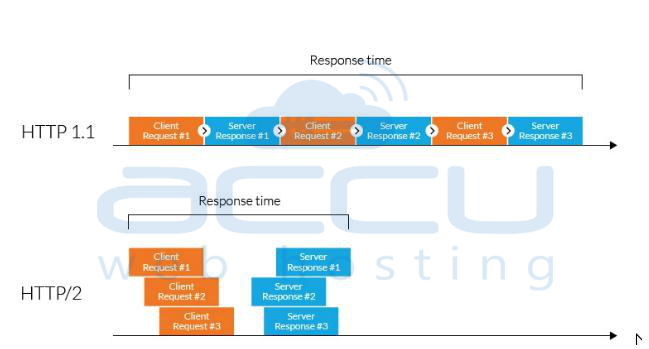HTTP2, the next generation of the HTTP protocol, is a significant advancement in web technology. With HTTP2, websites load faster, improve efficiency, and provide a more seamless browsing experience. and more robust by improving many of the drawbacks of the first HTTP version.
What is HTTP2?
With the introduction of new features and improvements, HTTP2 is a protocol that completely transforms online communication. By supporting quicker and more effective data flow between clients and servers, it enhances performance. HTTP2 enables concurrent and efficient communication with capabilities including multiplexing and header compression, reducing latency and increasing browsing speed. It has the goal to improve user experience, maximize resource consumption, and meet the rising needs associated with modern online applications. Overall, HTTP/2 improves online performance significantly and is frequently utilized by modern browsers and websites.
The goal of Creating HTTP2 :
Some of HTTP2's main features include:
Multiplexing: HTTP2 allows multiple requests and responses to be sent concurrently over a single connection, reducing latency and improving efficiency.
Server Push: Servers can proactively send resources to clients before they are requested, optimizing the loading of web pages and reducing the need for additional round trips.
Header Compression: HTTP2 uses a more efficient header compression algorithm, reducing the overhead associated with sending header data and improving network utilization.
Stream Prioritization: HTTP2 introduces the ability to assign priorities to different streams, enabling more efficient resource allocation and better handling of critical resources.
Binary Protocol: HTTP2 uses a binary protocol instead of plain text, allowing for more efficient parsing and faster data transfer.
Compression: Compresses headers that have been requested previously to make things more efficient Increased security: HTTP2 gets used with secure connections.
These features collectively contribute to faster page loading times, reduced latency, and improved overall performance of web applications.

*Please note: HTTP2 can also be written as HTTP/2.

Below is the table for comparison between HTTP1 and HTTP2
Explore our preferred hosting services for reliable and tailored hosting solutions that meet your specific requirements.



